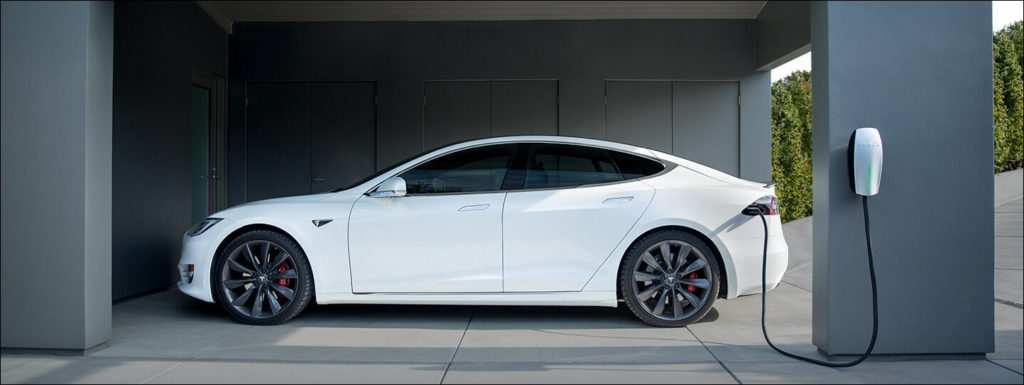
Long ago Benjamin Franklin produced an economic analysis of Daylight Saving Time (DST). He showed how much tallow and candles would be saved if Americans arose earlier during long summer days to take greater advantage of natural sunlight. Similar energy-efficiency arguments are advanced today in support of the practice. The practice persists despite the lack of solid evidence that the troublesome time switch makes a difference.
Matthew J. Kotchen, a Yale economics professor, was able to take advantage of a “natural experiment” to find out. In 2006 Indiana switched to DST while simultaneously shifting some of its counties to a different time zone. The combination of policies allowed Kotchen and his colleague to compare differences in residential electricity consumption before and after. They found that the demand for heating and cooling differs across hours of the day and that the shift to DST increased both.
Environmentalists and public policy wonks have proposed all manner of ideas for encouraging energy-efficiency and conservation, says Kotchen, but it’s often difficult to know if they save energy or not. Some do work as advertised, but others, like Daylight Saving Time, do not.
Kotchen’s admonition should be borne in mind as Virginia plunges ahead under the Grid Transformation and Security Act and the Regional Greenhouse Gas Initiative to invest hundreds of millions of dollars in energy-efficiency and conservation. Not all energy-efficiency programs offer the same bang for the buck. Indeed, we cannot assume that all energy-efficiency programs even conserve energy!
The Yale economist found a natural experiment in Florida, which increased the stringency of its code in 2002. He compared the residential characteristics of electricity and natural gas consumption before and after the change. Initially, as expected, he found that stricter building codes reduced consumption of energy sources. But subsequent research based on California data raised questions whether the effect persisted over the long run. Kotchen revisited his Florida case study and found that electricity savings were no longer evident after five or six years, although natural gas savings did persist.
Another object of inquiry is electric vehicles (EVs). EVs run on electricity,thus reducing CO2 emissions from gasoline combustion. But charging EVs draws from the electric grid, and electricity is generated by a wide range of power sources, some green and some not. Kotchen’s research shows that the CO2 emissions attributable to EVs varies by geography — some regional transmission organizations have more renewable energy than others — and by time of day. If EVs are charged during daylight hours when solar output is at a peak, the CO2 emissions are lower than if the vehicles are charged at night when utilities rely more upon fossil fuels. In the Upper Midwest states, Kotchen found, EVs could generate more CO2 emissions than a car with an internal combustion engine.
(You can read Kotchen’s article, “Environment, Energy, and Unintended Consequences,” in the NBER Reporter.)
Human behavior is complex and often ill understood. Public policies often have unintended consequences — and energy conservation is no exception. As Dominion Energy proposes a raft of energy-saving measures in the years ahead and the State Corporation Reviews those proposals, they should adopt an attitude of humility regarding their efficacy. Virginia should not set up and run conservation programs on auto-pilot assuming that they will work as billed. Benchmarks should be established, resulted monitored, and programs periodically reassessed.

Leave a Reply
You must be logged in to post a comment.